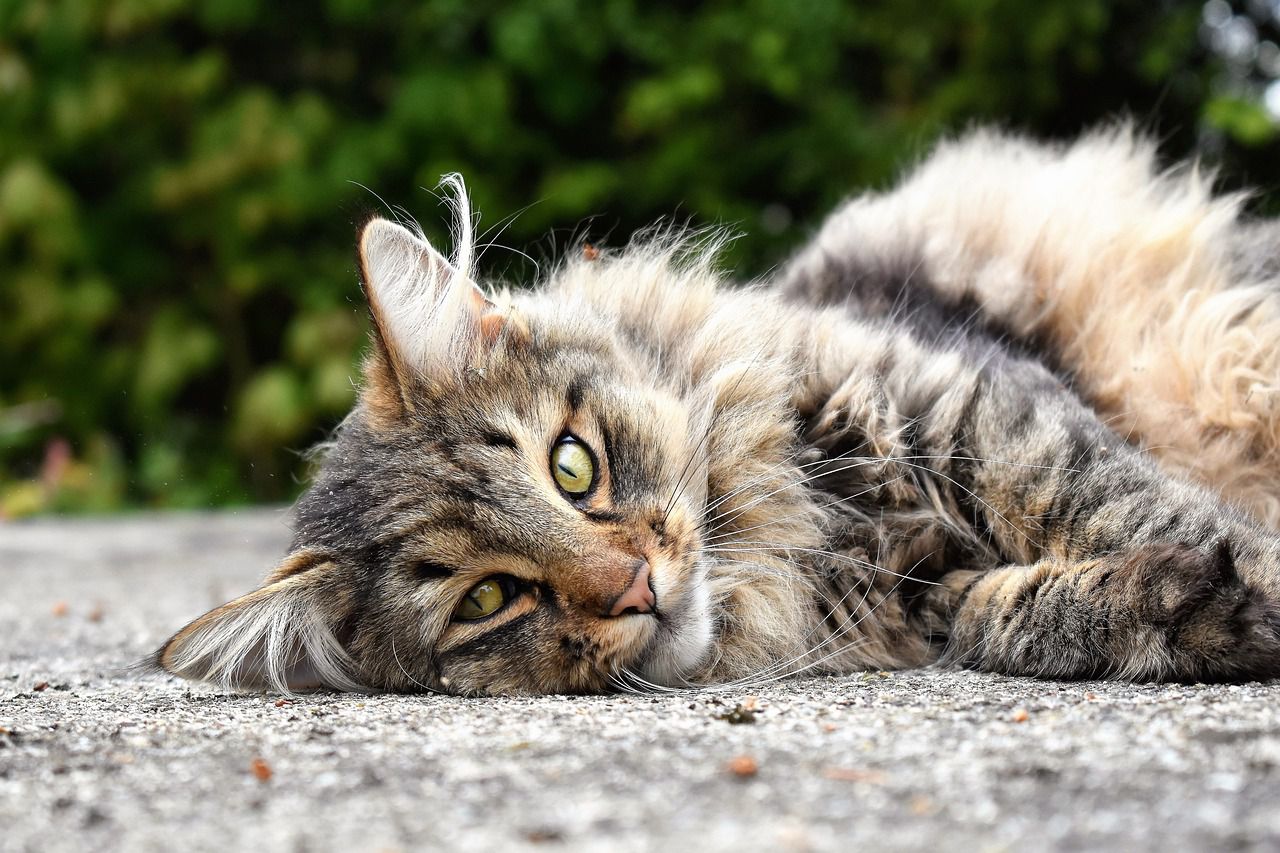Cats that shed a lot: The main reasons of your pets shedding
Cats, like many other animals, shed their fur as a natural and essential part of their biological processes.
Shedding is the process of a cat's old or damaged fur falling out and being replaced by new fur.
Here are some reasons why certain cats might shed a lot.
Breed
Different cat breeds have varying coat types, lengths, and textures.
Cats with longer or thicker coats tend to shed more because they have more fur to replace.

Indoor vs. Outdoor Cats
Outdoor cats may shed more due to exposure to the elements.
They may also shed more during seasonal transitions as they adjust to the changing weather.
Stress and Anxiety
Cats that are stressed, anxious, or undergoing changes in their environment (such as moving to a new home or the addition of a new pet) might experience increased shedding.
Age
Kittens and senior cats may shed more than adult cats.
Kittens shed their baby fur as they grow into their adult coats, and senior cats might have less efficient coat maintenance due to aging.
Grooming Habits
Cats that do not groom themselves adequately or have difficulty grooming due to obesity, arthritis, or other health issues might experience matting and excessive shedding.
Underlying Health Conditions
Certain medical conditions, such as allergies, parasites (like fleas), skin infections, hormonal imbalances, or thyroid problems, can lead to excessive shedding.
If you notice sudden or extreme shedding, it's important to consult a veterinarian to rule out any underlying health issues.
